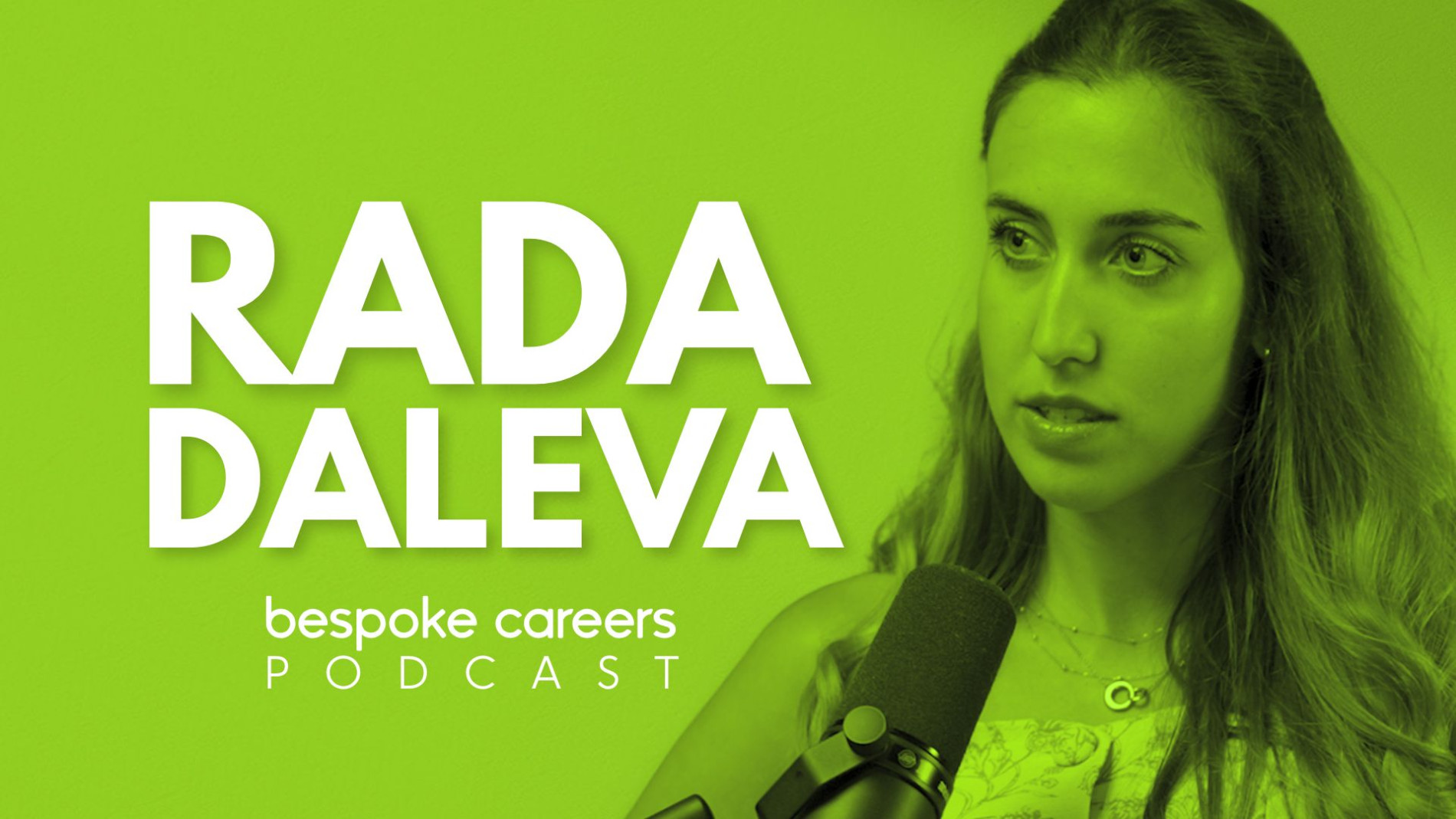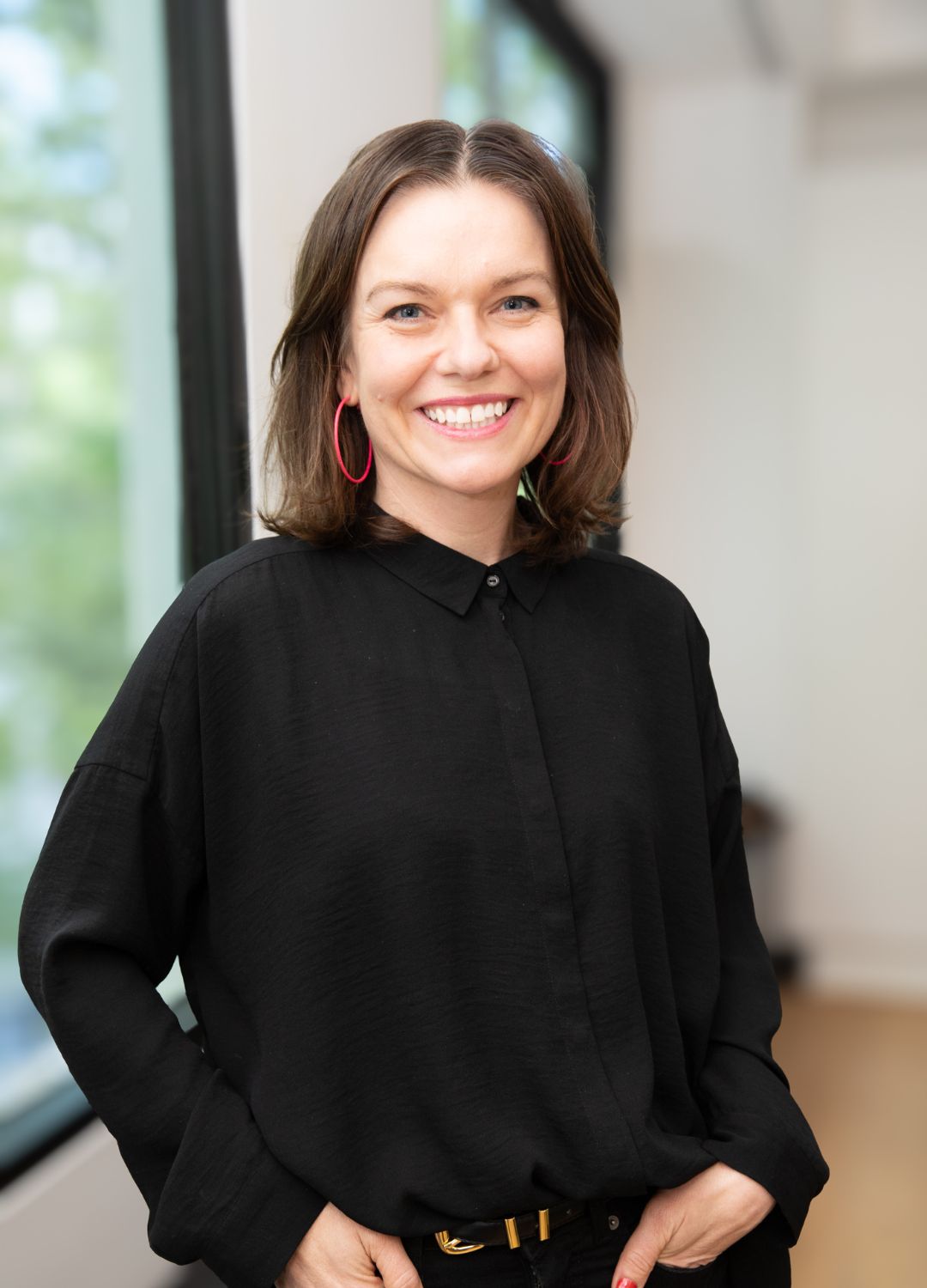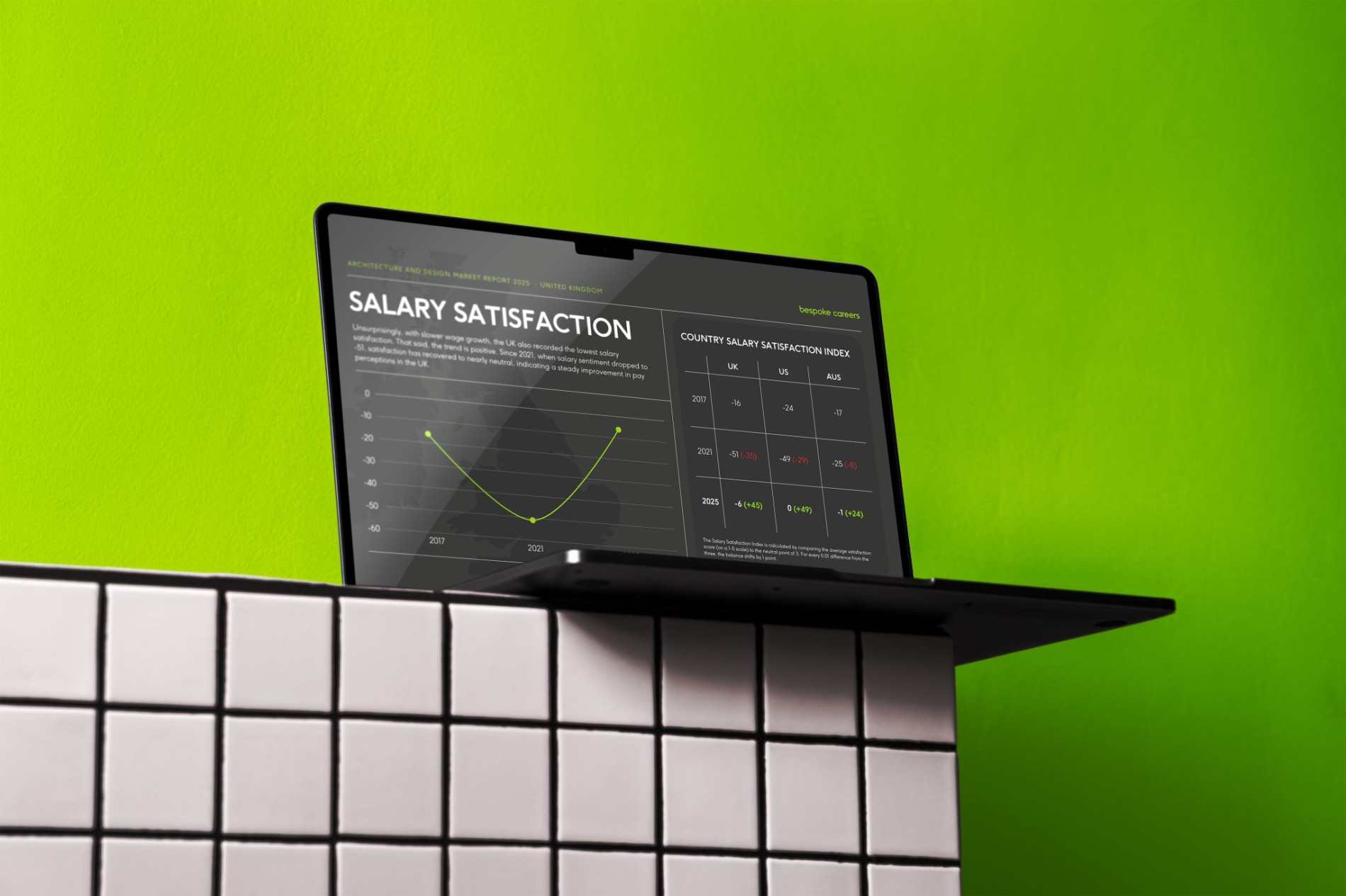
Will AI Replace Architects? – Rada Daleva, Studio Tim Fu
Rada Daleva on AI in design, learning fast, and redefining the value of the architect.
A few times in a generation, a piece of technology comes along that changes everything. The internet, smart phones, or if you’re an architect, CAD and BIM. Now, we have AI to add to that list. But can our profession embrace this, move forward, or even absorb another push for efficiency without hollowing out our expertise or having to question our real value now or in the future?
We wanted to find out the answers to these questions and more. So we spoke to Rada Daleva, project lead at Studio Tim Fu, the leading AI-first architecture firm working with real clients on real projects and making real money.
This studio is at the vanguard of what our future could look like, and that debut, commissioned at Lake Bled in Slovenia, is billed as the first fully AI driven architecture project.
I’m an architect. Is AI coming for my job?
Yes and no. Architects need to adopt new tools and see their value in a new way. We should be curious experiment more and be open to new things. If we keep evolving AI is not coming for our jobs. If we keep doing exactly what we are doing the value might decrease or be less appreciated. There is a lot of value in how we practice today and we are adapting to secure it for the future and to futureproof our work.
Where AI delivers tangible results right now…
The strength is the beginning stages of design. AI produces many options we can discuss with clients very early. That makes early conversations more human centered. Clients react to realistic options and we can understand how they feel about different spaces and be more empathetic. They are sometimes drawn to options they would not have considered. Before we would show one two or three ideas because of time. Now we can produce more and the early process becomes engaging and natural. We should also think about integrating AI into later stages where even more value will come. For now the biggest value is early in the process.
On AI as a better way to communicate ideas…
A 2D sketch often lives in our heads. It is hard to communicate until we spend time putting a scheme in 3D and rendering. Now clients understand ideas much earlier. We can shape a shared vision faster and in closer alignment with their thinking from the beginning. Later design iterations and refinements then satisfy them because we have already created a big vision together.
On becoming a project lead early in her career…
I was still doing my masters in architecture when I saw the opportunity to work part time with Tim. We had been in touch through social media. I was early in adopting AI and using it in different ways. I started delivering projects week to week as they came in. Clients were happy and kept coming back and we needed more people.
We had just established the practice officially and started just over a year ago in our London office. Things progressed naturally. I had experience in a more traditional practice and was highly involved in a project but not to the level of leading projects and people like I do now. I learned and adapted on the role.
AI is enabling younger people to grow faster and gain experience early which will be valuable later. Our team is full of young curious fast learners. We also collaborate with local experienced architects and teams especially in later stages and on the built environment.
How we use AI behind the scenes as a business…
Almost everything we’re working on at the moment is under NDA. Other than the Lake Bled project and a recent collaboration with MVRDV we cannot show our work. We have different types of projects across scales. Some are passing planning application stages and we hope to enter later stages soon. Architecture takes time so most projects are in design right now.
On Lake Bled and whether clients want to pay less if AI is used…
Some clients want to pay less because they think AI does all the work while we relax which is not the case. The Lake Bled clients were different. They were in tech and were curious and understanding about the process from the start. They valued what we were doing. That site had three or four other architects before us. The clients did not like the results and the heritage agency did not like them either. Through an iterative AI assisted process we reached a final design that satisfied the clients the heritage agency the local context and the environment.
On heritage context and the human touch in the design…
We built a specific model trained on local data and on design elements and materiality. We used it to iterate. The final decisions were architectural. A key element is the gunk the local term for a protruding arch. We saw it as a bespoke and interesting feature in local houses and decided to play with it. We also had to turn the attic into a luxurious rentable space under roof angle and room number constraints. Bringing the arched element to the top brought in natural light and created a moment with the best views. A gloomy dark space became desirable. That is the architectural thinking. We allow AI to inspire us and we co design with it by curating elements and deciding what works together in one coherent design.
On architects leading and the role of taste…
Architects lead. Even without explicit direction you can see the human touch in how each person uses the tool. In the office you can tell who produced which design because of subtle preferences and direction. We can bend the tool to our will. Taste still matters.
On partnering and aiming for an end to end AI process…
We aim to use AI throughout the whole process in a holistic way. We push this through SDF labs where we devote time energy and resources to research. That research drives our design. The technology is not fully there yet so we are developing methods that will enable later stages in the future.
On why the later technical stages still lag…
People expected AI to replace the more boring parts first like stage three and four Revit drawings with endless manual iterations. It is not there yet. Many companies are trying to solve it and we hope it comes soon. At the moment AI is better at design.
On whether AI steals the fun part of design…
It made me more creative. Without AI you can get stuck in your own ideas and precedents. AI opens up options and shows decisions you might not have thought of. Iteration is faster so you resolve design questions through making rather than waiting for inspiration. It works with you while you design and keeps momentum. I enjoy designing more with AI.
On how AI could change architecture and value…
I am a realist. Faster production can mean you produce more in the same time. The real change should be a wake up call to reframe how we assign value to architecture and to our service. Fees have struggled. AI lets us talk to clients in terms they understand. We can link design to outcomes such as value of a property or number of units sold. We can start to measure and communicate impact more clearly.
Advice to someone who started a practice three months ago…
Stay curious creative and adaptable. There is no single best way to use AI and we have not discovered all of them. Experiment to find where it is most useful for your goals and values. Be open to entering deep waters when you do not know the answer. That is how you start a business anyway. Work with young people. Pair a young person who is open to testing and learning fast with an older person who has experience and knowledge. The combination is powerful and the final outcome is greater.
On whether educators are getting on board…
I was lucky. For both years of my masters my studio focused on AI and I used it in my projects. My dissertation was on AI. Tutors were curious and set sensible boundaries. I did the research and writing myself which has real value and also used AI for research which was allowed. Education should let students explore potential and also frame boundaries. Tutors should see how to encourage and incorporate AI in reasonable ways so students are ready for what is already here.
On seductive images and the suspicion they create…
We have many real projects under NDA. Images help share ideas with wider audiences and attract clients. That is a marketing strategy like any company has. Once a client comes the real design starts behind the scenes. Clients know that designing with AI is a new process that still takes time and involves designers and architects. We explain how it works. Curation of results is a new and important skill. It is not the full process. It is the start.
Do clients hire us for the process…
Some come because they are curious about the technology. Some want things faster. Some want to experiment and see how they can benefit. Some come for the design direction and the innovative approach. We have recurring clients who keep pushing and exploring what is possible and what services we can offer.
On the white outfits and the for or against split…
The white outfit is an antithetical statement to the tradition of architects wearing black. For me it is a white canvas. AI is new and unknown and you decide how to express yourself. The industry is divided. We push to use AI to create good design that is conscious of local architecture environment and culture and that listens to clients. There will always be people against it. I am on the light team.
On whether AI is a movement or a fundamental shift…
I see it more like a renaissance rather than a defined movement. It will shift the way we do things and we need to make sure that shift is for the better. We want to use AI to improve the built lived environment and to improve how we deliver design and value. It is here to stay.
On space for craft and analogue work…
There will always be value in sketching and in hand produced craft. We use sketching every day. There is value in bespoke furniture and in making. We learn from these arts and apply the skills in new ways. Some people will reject AI and prefer older methods. That is fine. It is a different kind of value.
What do you say to the haters? Those who think AI is paper thin…
Let the design speak. We focus on outcomes and on satisfied clients rather than on debates. My work should speak for me.
On redefining the value architects offer…
Architects are often evaluated by deliverables like drawings and images not by the impact of design on lived experience or health because those are hard to measure. AI can help us measure tangible metrics better and present our value in terms clients understand. That lets us reevaluate how we package our services and how we are perceived.
The next five years…
Prediction is hard because things change day by day. The gap between last year and now already feels huge. I can say how I want it to go. People who reject AI will become fewer as they try it and see that it is not a magic box. It requires direction thought and learning. You need to understand how to control it bend it to your will and drive it toward the results you want. As more people reach that point adoption will grow because the benefits are clear.


Looking to hire top talent
 or advance your career? Let's talk.
or advance your career? Let's talk.
We connect exceptional firms with talented professionals.
Let’s discuss how we can help you achieve your goals. Get in touch with the team today.
Related Posts

A new report by Bespoke Careers reveals the UK architecture and design industry is showing signs of recovery, but still lags behind international peers on several key metrics.
Bespoke Careers sponsors the AJ100 Employer of the Year Award, which recognises UK architectural firms with market-leading workplace cultures.
Lucy Cahill, Bespoke Careers London director and AJ100 awards judge, discusses what it takes for a firm to be recognised as Employer of the Year and the ingredients of HTA Design’s success.
Thomas spoke to Chris Simmons about navigating architecture school without a blueprint, the realities of early career practice, and how building a personal brand opened doors the profession didn’t.







